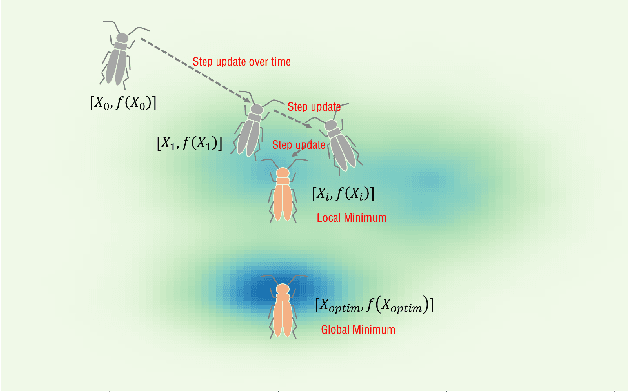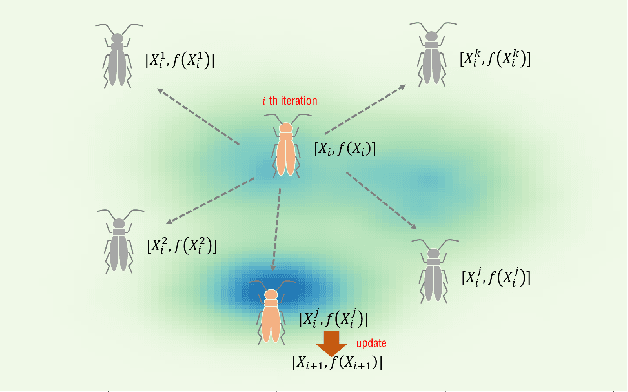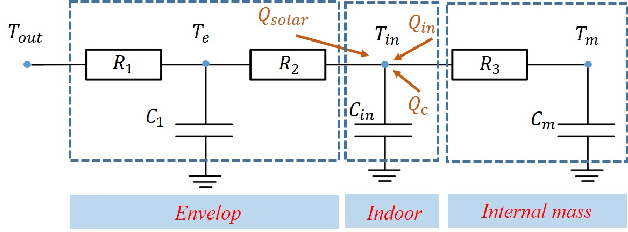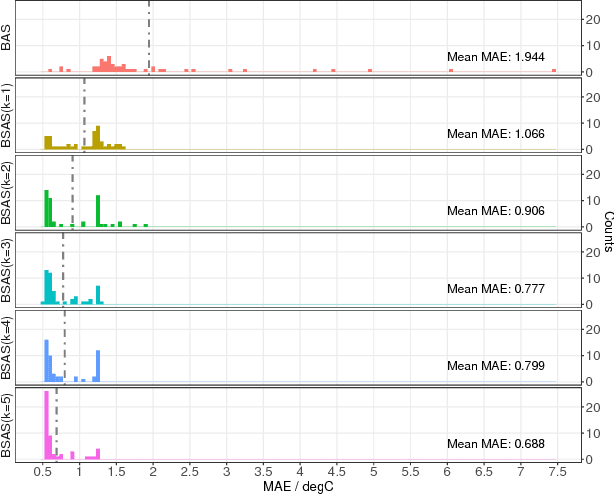Huanxin Chen
Typhoon Intensity Prediction with Vision Transformer
Dec 04, 2023Abstract:Predicting typhoon intensity accurately across space and time is crucial for issuing timely disaster warnings and facilitating emergency response. This has vast potential for minimizing life losses and property damages as well as reducing economic and environmental impacts. Leveraging satellite imagery for scenario analysis is effective but also introduces additional challenges due to the complex relations among clouds and the highly dynamic context. Existing deep learning methods in this domain rely on convolutional neural networks (CNNs), which suffer from limited per-layer receptive fields. This limitation hinders their ability to capture long-range dependencies and global contextual knowledge during inference. In response, we introduce a novel approach, namely "Typhoon Intensity Transformer" (Tint), which leverages self-attention mechanisms with global receptive fields per layer. Tint adopts a sequence-to-sequence feature representation learning perspective. It begins by cutting a given satellite image into a sequence of patches and recursively employs self-attention operations to extract both local and global contextual relations between all patch pairs simultaneously, thereby enhancing per-patch feature representation learning. Extensive experiments on a publicly available typhoon benchmark validate the efficacy of Tint in comparison with both state-of-the-art deep learning and conventional meteorological methods. Our code is available at https://github.com/chen-huanxin/Tint.
BSAS: Beetle Swarm Antennae Search Algorithm for Optimization Problems
Jul 27, 2018



Abstract:Beetle antennae search (BAS) is an efficient meta-heuristic algorithm. However, the convergent results of BAS rely heavily on the random beetle direction in every iterations. More specifically, different random seeds may cause different optimized results. Besides, the step-size update algorithm of BAS cannot guarantee objective become smaller in iterative process. In order to solve these problems, this paper proposes Beetle Swarm Antennae Search Algorithm (BSAS) which combines swarm intelligence algorithm with feedback-based step-size update strategy. BSAS employs k beetles to find more optimal position in each moving rather than one beetle. The step-size updates only when k beetles return without better choices. Experiments are carried out on building system identification. The results reveal the efficacy of the BSAS algorithm to avoid influence of random direction of Beetle. In addition, the estimation errors decrease as the beetles number goes up.
 Add to Chrome
Add to Chrome Add to Firefox
Add to Firefox Add to Edge
Add to Edge